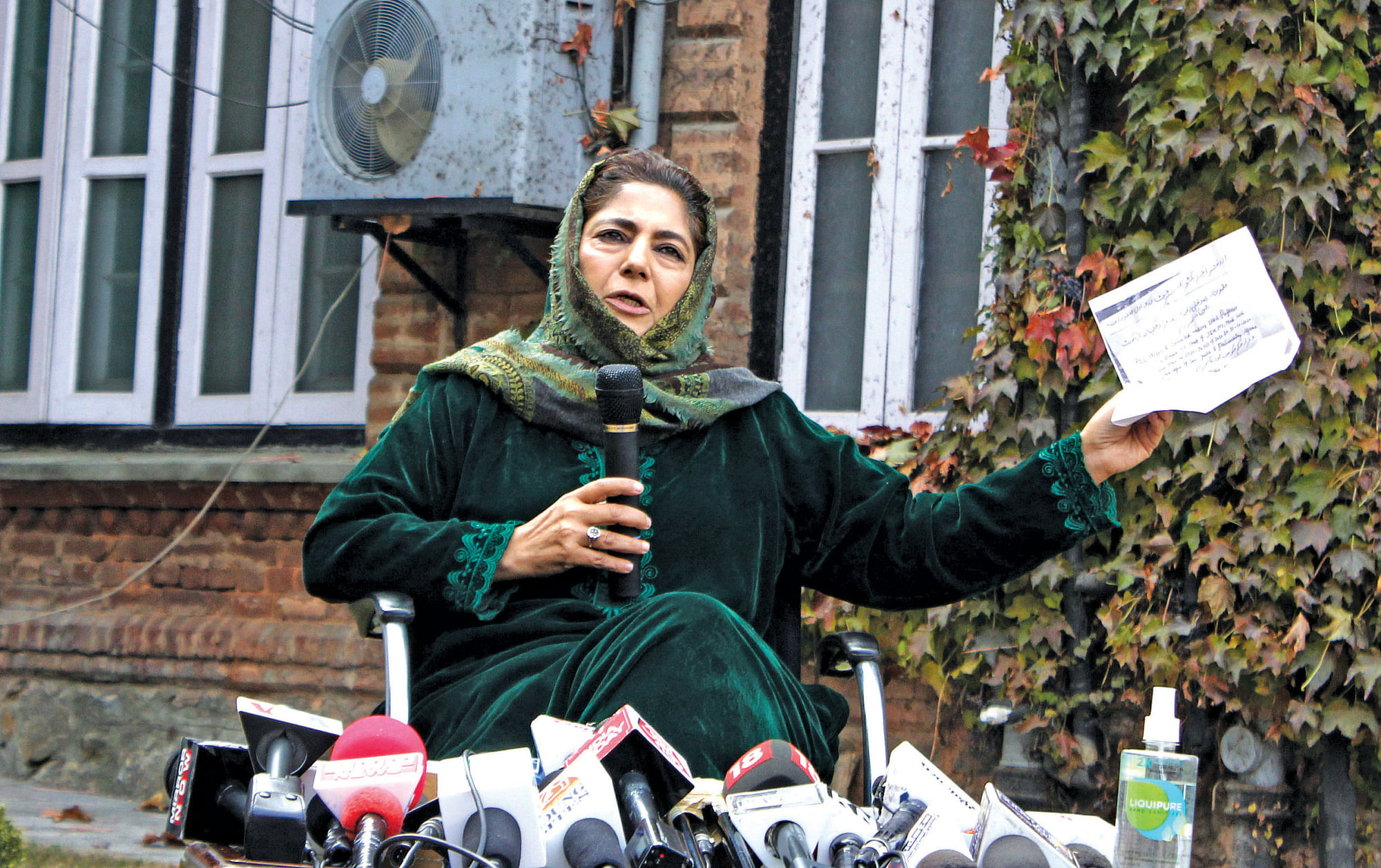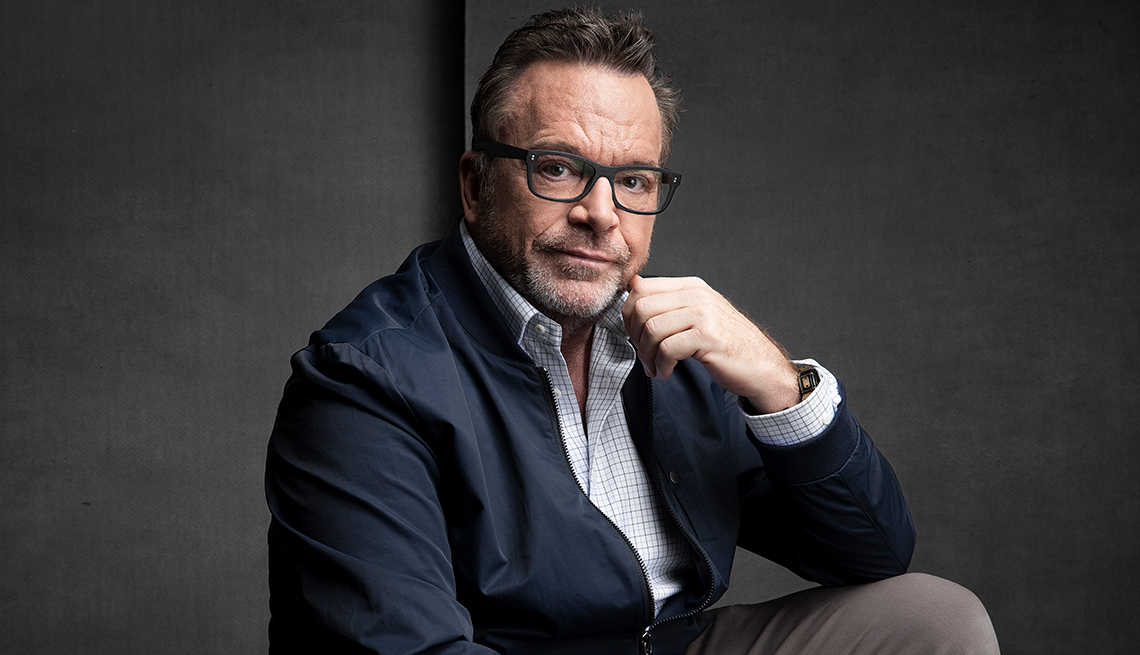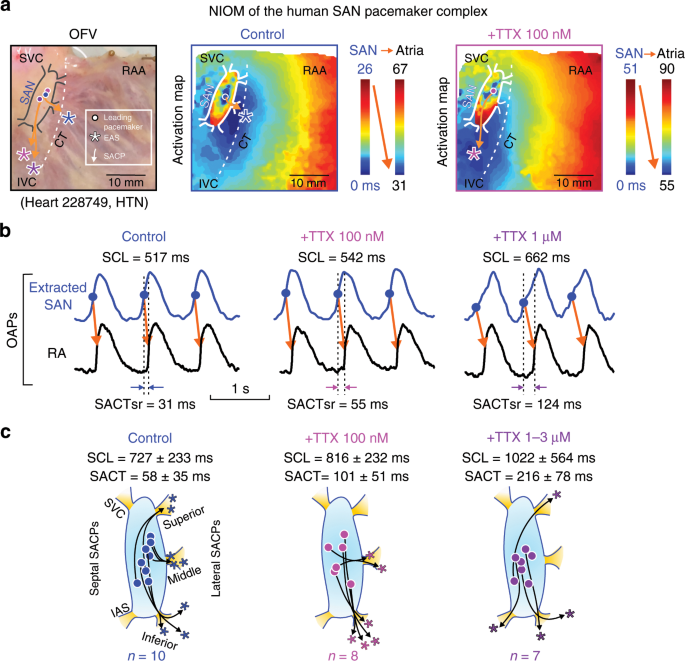
- Select a language for the TTS:
- UK English Female
- UK English Male
- US English Female
- US English Male
- Australian Female
- Australian Male
- Language selected: (auto detect) - EN
Play all audios:
So while teaching a class in 2011 at the University of South Florida about Hurricane Katrina and environmental health in the black community, Weaver took 43 students to New Orleans to learn
from community members and volunteers who were rebuilding the city. They constructed planting beds from concrete blocks and cardboard boxes in a community garden, met with a resident of the
Lower Ninth Ward who lost his mother and granddaughter during Katrina, visited the French Quarter and St. Louis Cemetery No. 1, and took in a Mardi Gras parade. It was the start of what
would become WeCCAAN. Today, about 350 participants have traveled to New Orleans, Baltimore, New York, Boston, Miami and Washington, D.C., with the program. Public service is the focus of
each trip. One evening last June, Fredericka Tucker, 18, boarded a bus in Aiken, joining 51 people from Atlanta and Aiken heading to Miami with WeCCAAN. Arriving in Miami the next morning,
Tucker and the other participants headed to a community garden, where they pulled weeds, prepared plants for the soil and tried guava and sugar cane juice. They met with an administrator of
a clinic that provides health care and other services to homeless people. They visited three college campuses and walked around South Beach, where Tucker was amazed by the diversity of
languages, accents and skin tones. “It was just an eye-opener on how a small trip can be so impactful,” Tucker says, reflecting on the trip and how she bonded with the people of all ages who
traveled with her. “We were able to understand one another a little more.” Jason Hodges, 50, met Weaver during their workouts at the YMCA and has since donated to WeCCAAN. He joined a trip
to Washington, D.C., Baltimore and New York in 2015. “You interact with people from all walks of life — the chaperones and the young people involved,” he says. After the trip, there was a
new sense of unity among the participants, a nearly magical transformation of a group of diverse individuals into a community. It was Weaver’s doing, Hodges says. “He shows people that they
could be more than they thought they could.”






:max_bytes(150000):strip_icc():focal(742x348:744x350)/Hoover-Police-071623-4-ab13af691715405cb9878cd54708714b.jpg)